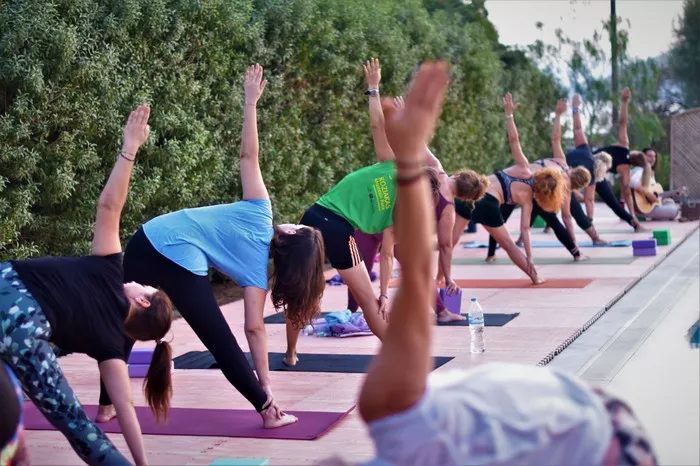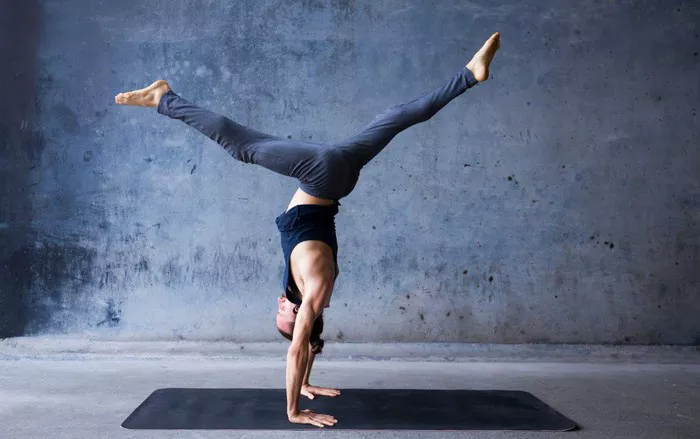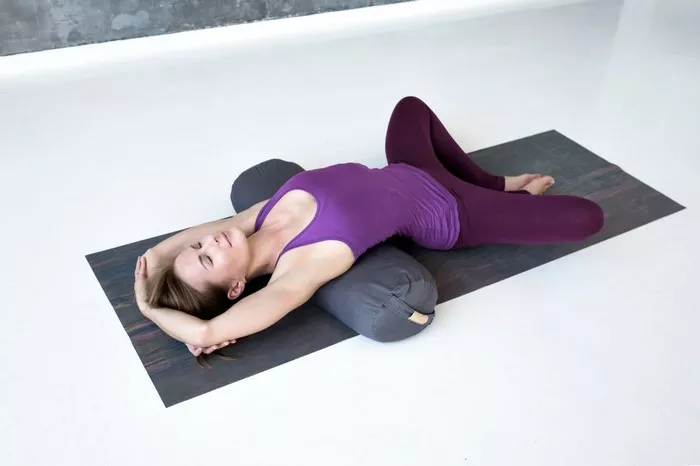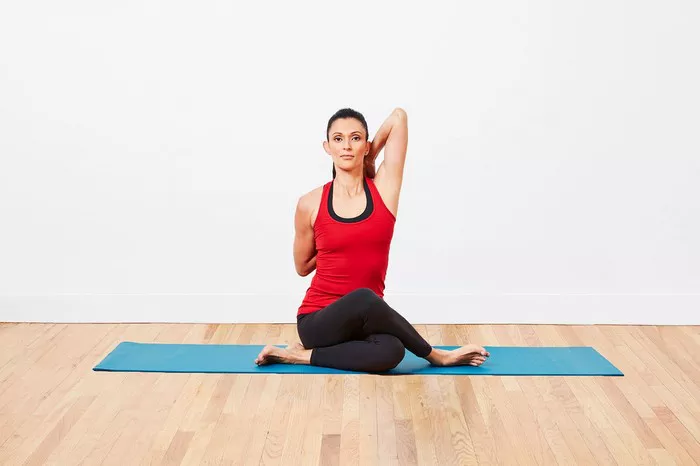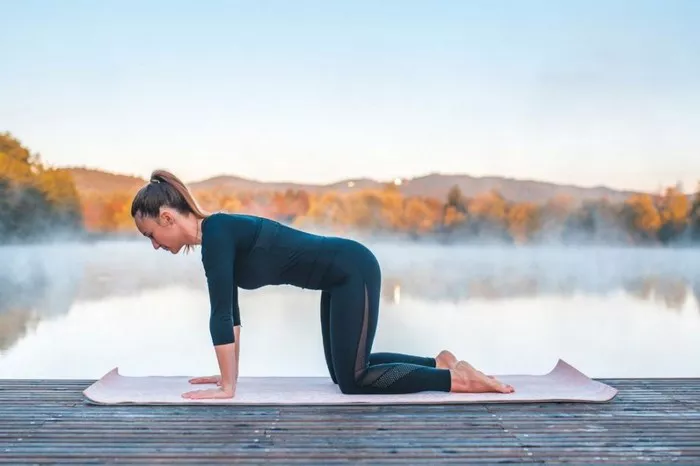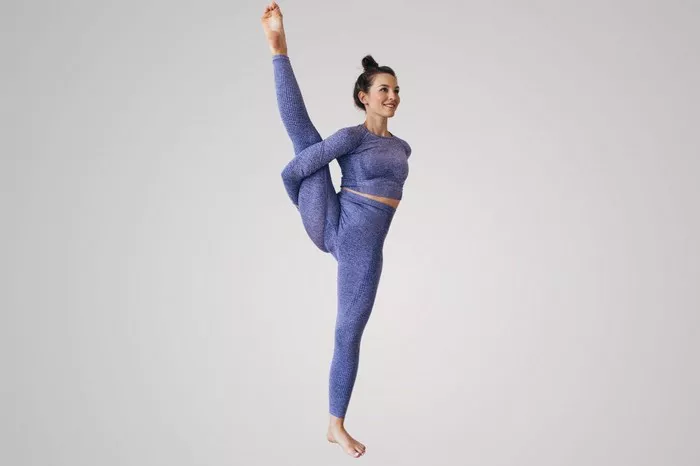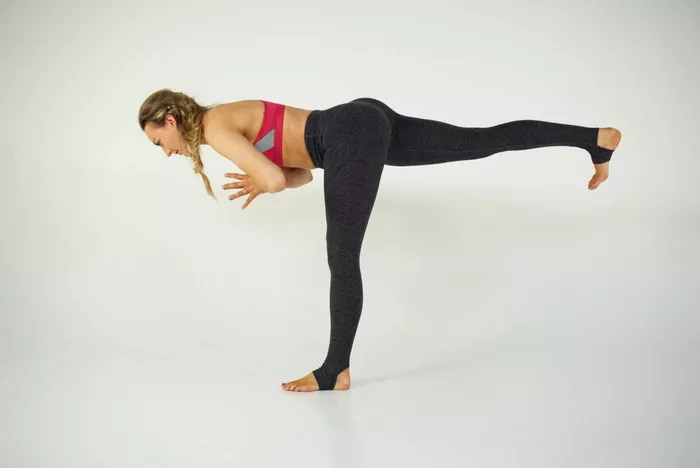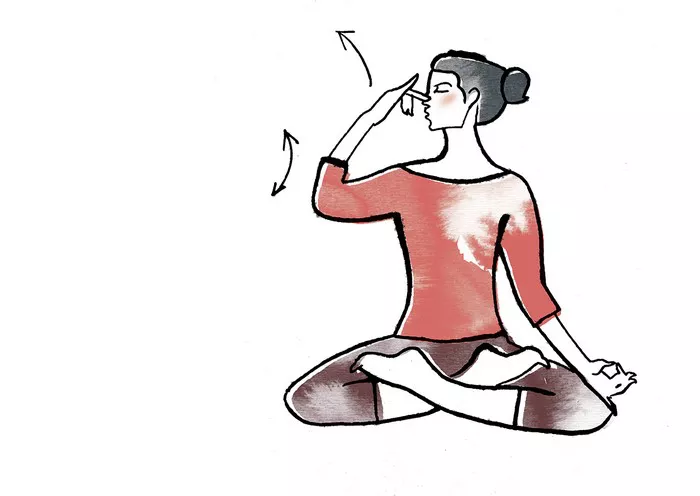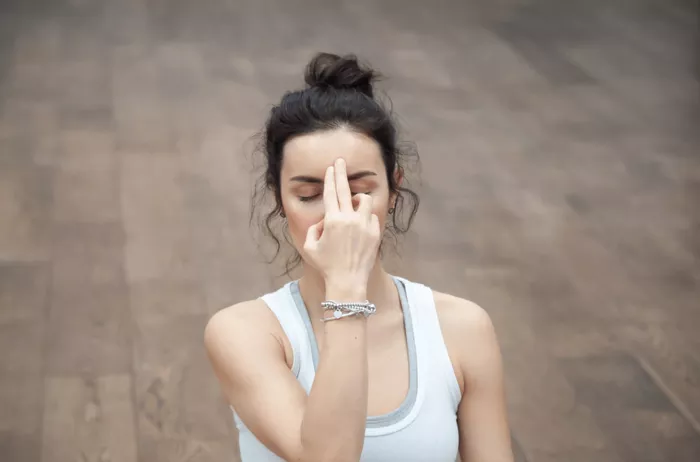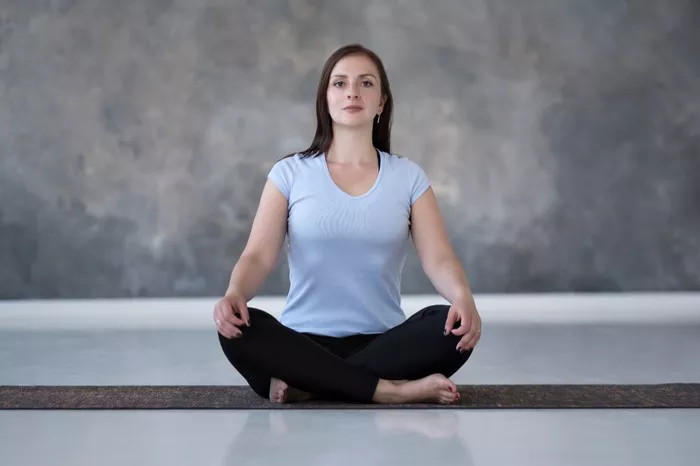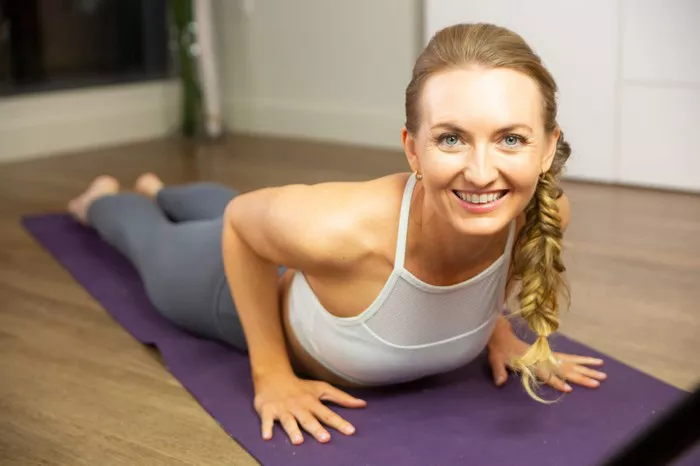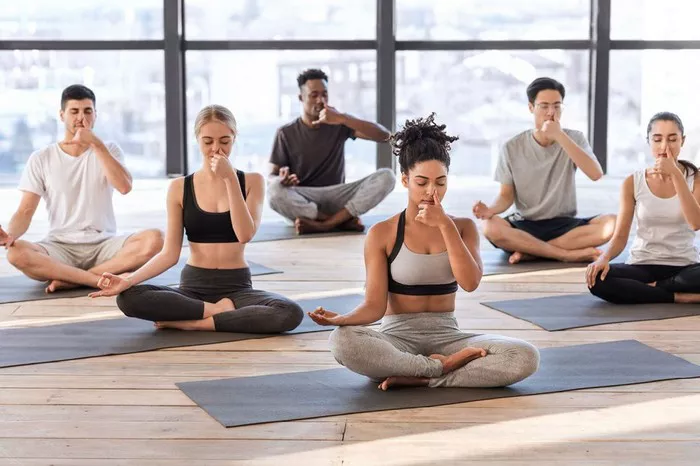Bridge Pose, known as Setu Bandhasana or Setu Bandha Sarvangasana in Sanskrit, is a foundational backbend and heart-opening yoga posture practiced across many styles of yoga. Though it appears simple, the pose delivers a wealth of physical, mental, and emotional benefits when performed with mindful alignment and awareness. Whether you are a beginner exploring basic asanas or an experienced practitioner deepening your yoga journey, Bridge Pose is a versatile tool that enhances strength, flexibility, balance, and internal well-being.
In this comprehensive guide, we will explore the multiple benefits of Bridge Pose, its variations, proper alignment, precautions, and how it integrates into a holistic yoga practice.
What Is Bridge Pose
Bridge Pose involves lying on your back, bending your knees, placing your feet flat on the mat, and lifting your hips toward the ceiling. The shoulders and arms remain grounded, while the chest expands upward and the thighs remain parallel. The pose can be held dynamically (moving in and out) or statically (holding for several breaths).
Key Physical Elements
- Supine position (lying on the back)
- Feet hip-width apart, knees bent
- Arms alongside the body or clasped under the back
- Hips lifted off the floor
- Chest open and lifted
Now, let’s delve into the specific benefits of this pose.
1. Strengthens the Back, Glutes, and Legs
One of the primary benefits of Bridge Pose is the strengthening of the posterior chain, which includes the lower back, glutes, and hamstrings. As you lift your hips and engage your buttocks and thighs, you build strength in these muscles. This not only enhances your posture and physical appearance but also supports your spine and alleviates lower back pain.
How it Helps:
- Reduces the risk of injury in daily life
- Enhances athletic performance
- Improves spinal support and alignment
2. Opens the Chest and Shoulders
Bridge Pose is classified as a mild backbend, making it ideal for opening the front body. By lifting the chest and drawing the shoulder blades together, you counteract the effects of prolonged sitting and slouching. This expansion helps increase lung capacity and promotes better breathing.
Respiratory Benefits:
- Increases oxygen intake
- Improves diaphragmatic breathing
- Reduces stress and anxiety
3. Stimulates the Thyroid and Endocrine System
In the full expression of Bridge Pose, the chin gently presses against the chest in a gesture known as “Jalandhara Bandha” or the chin lock. This subtle pressure stimulates the thyroid gland, which is located in the throat area and plays a crucial role in regulating metabolism, energy, and hormonal balance.
Benefits for the Endocrine System:
- Supports metabolic functions
- Helps balance hormones
- Boosts energy and vitality
4. Enhances Spinal Flexibility and Alignment
Bridge Pose is excellent for increasing flexibility in the spine and aligning the vertebrae. The lifting action creates gentle traction in the lower spine, which can relieve compressed discs and improve overall spinal health.
Spinal Health Advantages:
- Eases tension in the lower back
- Supports healthy posture
- May alleviate mild sciatica
5. Calms the Mind and Reduces Stress
When practiced with slow, deep breaths, Bridge Pose becomes a meditative posture that calms the nervous system. The pose activates the parasympathetic nervous system, also known as the “rest and digest” system, promoting relaxation and emotional balance.
Mental and Emotional Effects:
- Reduces anxiety and depression
- Encourages mindfulness
- Helps manage symptoms of insomnia
6. Aids in Digestion and Detoxification
The gentle compression of the abdominal area during Bridge Pose massages the digestive organs, promoting better digestion and elimination. The lifting action also encourages blood flow to the abdominal region, aiding detoxification.
Digestive Benefits:
- Stimulates digestive organs like the liver and intestines
- Reduces bloating and constipation
- Enhances metabolic efficiency
7. Improves Circulation and Heart Health
The elevated position of the heart in Bridge Pose allows for improved blood circulation. By reversing the normal gravitational flow, blood is directed from the lower body toward the heart and brain. This can help reduce swelling in the legs and ankles and support cardiovascular health.
Circulatory System Benefits:
- Enhances venous return
- Supports healthy blood pressure
- Rejuvenates the body
8. Prepares for More Advanced Poses
Bridge Pose serves as an effective preparatory posture for more advanced backbends and inversions such as Wheel Pose (Urdhva Dhanurasana) and Shoulder Stand (Sarvangasana). By building foundational strength and flexibility, it lays the groundwork for safe progression in your yoga practice.
Progression Support:
- Develops shoulder and back flexibility
- Builds awareness of body mechanics
- Encourages mindful movement
9. Accessible for All Levels
Bridge Pose is easily adaptable to suit different fitness levels and physical conditions. With the support of props like yoga blocks or bolsters, even beginners or individuals with limited mobility can practice the pose safely and effectively.
Modification Ideas:
- Place a block under the sacrum for a restorative version
- Use a strap around the thighs to maintain alignment
- Practice with guidance to ensure correct form
10. Promotes Pelvic Stability and Core Engagement
The activation of the glutes, hamstrings, and inner thighs in Bridge Pose also engages the core muscles. This engagement promotes stability in the pelvic region, which is essential for everyday movements and overall balance.
Core and Pelvic Benefits:
- Reduces lower back pain
- Supports healthy pelvic alignment
- Improves coordination and balance
How to Practice Bridge Pose Safely
Proper alignment and awareness are key to gaining the full benefits of Bridge Pose while avoiding strain or injury. Follow these steps to perform the pose safely:
Step-by-Step Instructions:
- Lie on your back with knees bent and feet flat on the floor, hip-width apart.
- Place your arms alongside your body, palms facing down.
- Press your feet and arms into the floor as you lift your hips toward the ceiling.
- Keep your thighs parallel and engage your glutes and hamstrings.
- Interlace your fingers under your back and roll your shoulders underneath you for more lift.
- Hold for 5-10 breaths, then gently release by lowering your spine to the mat one vertebra at a time.
Common Mistakes to Avoid:
- Knees splaying outward: Keep thighs parallel.
- Overarching the lower back: Engage core and glutes.
- Straining the neck: Keep gaze upward and neck relaxed.
Variations of Bridge Pose
Bridge Pose can be modified or intensified depending on your level of experience and physical ability:
Supported Bridge Pose (Restorative)
- Place a block or bolster under the sacrum.
- Relax the hips and chest.
- Excellent for calming the nervous system.
One-Legged Bridge Pose
- Lift one leg toward the ceiling while maintaining the pose.
- Builds strength and balance.
Dynamic Bridge Pose
- Move in and out of the pose with breath.
- Enhances mobility and coordination.
When to Avoid or Modify Bridge Pose
While generally safe, Bridge Pose should be practiced with caution or avoided in certain cases:
Contraindications:
- Recent back, neck, or shoulder injury
- Severe spinal disorders
- Pregnancy (unless modified with support)
Tips for Special Conditions:
- Always consult a healthcare provider or experienced instructor.
- Use props generously.
- Focus on alignment and comfort over depth.
Integrating Bridge Pose into Your Practice
Bridge Pose can be practiced as a warm-up, a peak pose, or a cool-down posture depending on your sequence. It fits well into themes of heart-opening, grounding, or stress relief. Holding the pose for extended periods with support turns it into a deeply restorative posture.
Practice Suggestions:
- Morning: Energizing, strength-building version
- Evening: Supported, calming version
- Pre/Post workout: Spinal decompression and balance
Final Thoughts
Bridge Pose is much more than just a backbend. It is a full-body posture that strengthens, stretches, opens, and restores. With consistent practice, Bridge Pose can enhance physical vitality, emotional stability, and mental clarity. It teaches us to rise from a grounded foundation, to open our hearts courageously, and to build bridges within our own bodies and minds.
Whether you’re using it to relieve back pain, open your chest, calm your mind, or prepare for deeper postures, the benefits of Bridge Pose are both immediate and lasting. Embrace it as part of your regular yoga practice and discover the many layers of transformation it can offer.
Related Topics:

